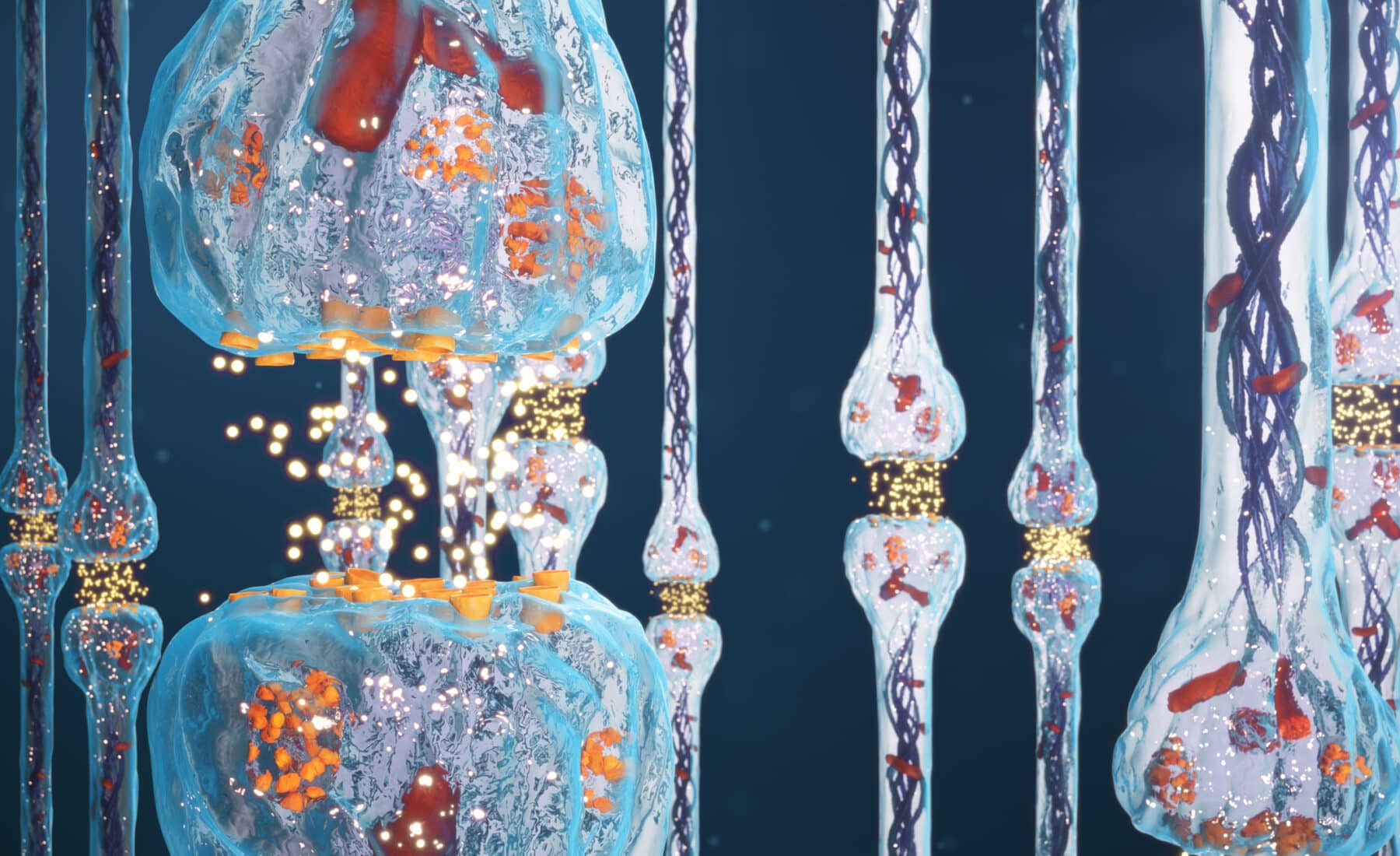A new case for GCase

Low levels of a protein called GCase is associated with an increased risk of developing Parkinson’s, and recent new understandings of the role of GCase could help to further explain other biological processes observed in the condition.
About 10-15% of people with Parkinson’s carry a tiny variation in a region of their DNA called the GBA1 gene; this gene provides the instructions for making a protein enzyme called GCase – this enzyme is involved in the proper waste disposal system within our cells.
However, when the genetic variation occurs in the GBA1 gene, GCase production is reduced and the waste disposal process becomes dysfunctional, resulting in a build up of old proteins causing stress in cells.
In a recently published study, it has been discovered that in addition to waste disposal, GCase appears to regulate aspects of mitochondrial biology.
Mitochondria are small bean shaped structures called ‘organelles’ inside cells, responsible for cellular energy production – and they are critical for their survival. The researchers found that 20% of the proteins that GCase interacted with are done so inside the mitochondria of cells, and this GCase is transported into mitochondria where it modulated specific actions involved with energy production.
Mitochondrial dysfunction is also associated with Parkinson’s, and is is thought that if people with GBA1 genetic variants have reduced levels of GCase enzyme, this new discovery of the role of GCase in mitochondrial function could help us understand why individuals are more at risk of developing Parkinson’s.
These finding are very interesting because Cure Parkinson’s is currently repurposing the cough treatment called ambroxol, which has been shown to raise levels of GCase in people with Parkinson’s. Ambroxol has also been shown to improve mitochondrial function in laboratory models of Parkinson’s.
This new research provides further encouraging evidence to support our phase 3 ASPro-PD clinical trial of ambroxol in people with Parkinson’s.




